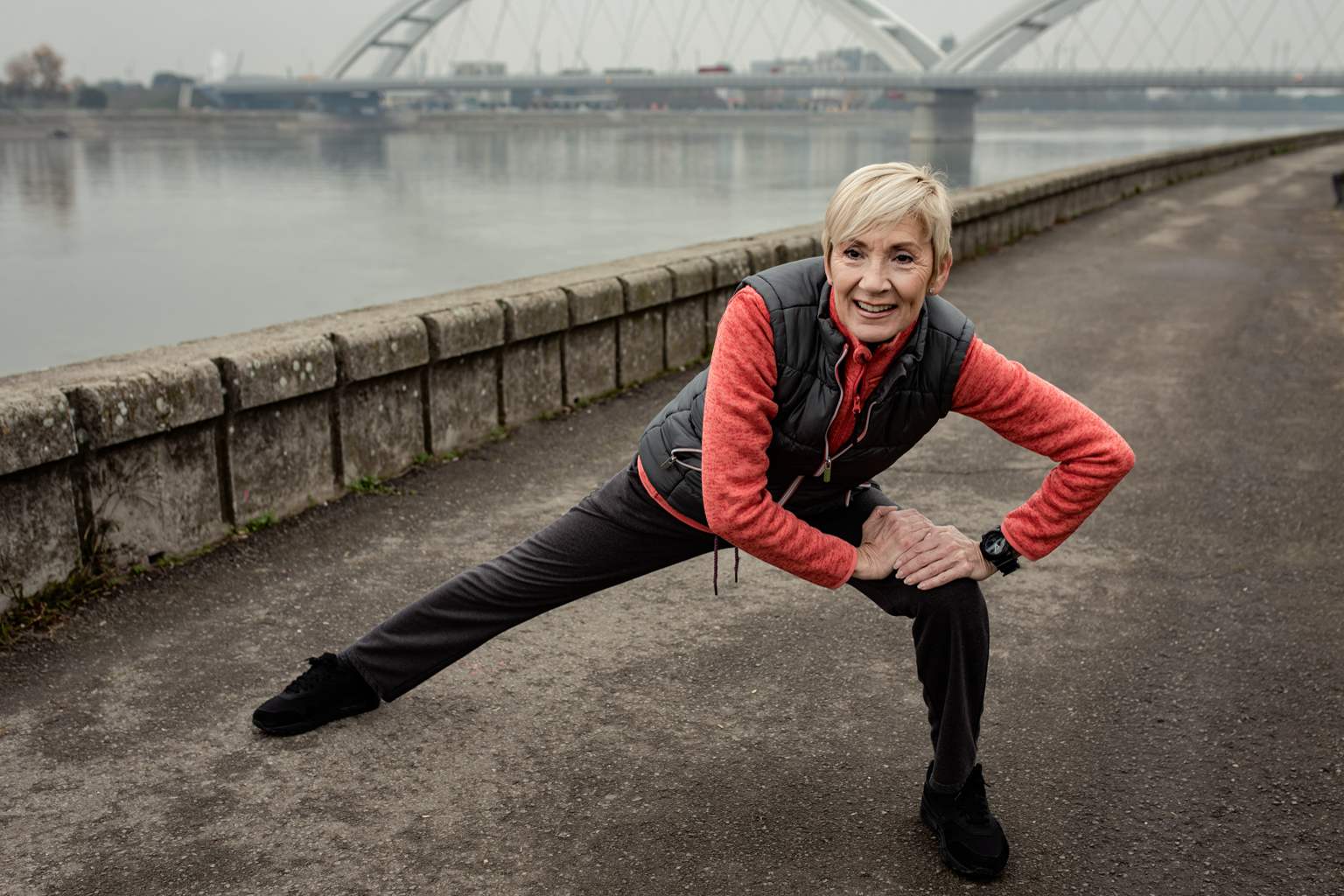What if your body truly does change with age, making it harder to bounce back from workouts and everyday activities? It’s not just your imagination. As we get older, natural declines in muscle mass, strength, bone density, flexibility, and reaction times increase the risk of falls and injuries. But no matter your age, there are smart ways to stay strong and coordinated, starting as early as possible and moving steadily forward.
Here’s a straightforward, decade-by-decade guide to keeping fit—whether you’re new to exercise, a seasoned athlete, or a weekend warrior trying to make the most of your free time.
Building a strong foundation in your 20s and 30s
Your late teens and 20s are an ideal time to discover a physical activity or sport you love because that passion can set you up for lifelong fitness. Think beyond your typical ideas: walking, gardening, or social sports with friends count just as much as soccer or dance. Finding something that fits your personality and schedule matters most.
Doctors recommend aiming for at least 150 minutes of moderate-intensity exercise weekly, paired with strength training twice a week. Spread out your workouts to avoid injury. When I was 27, I tried jumping into daily high-intensity sessions but ended up injured after a few weeks. Starting slow, mixing in various types of exercises, and listening to your body is key.
In your 30s, life’s juggling act—career, family, and fitness—can make consistency tricky. Squeezing in short 10-minute movements throughout the workday, like stretching breaks or short walks, works wonders. Even simple tricks—parking farther away or getting off public transit a stop early—add meaningful steps to your day.
Protecting joints and muscles in your 40s and 50s
By your 40s and 50s, your connective tissues naturally dry out and stiffen, reducing your range of motion. Without proper care, the risk of injury from overexertion rises. I’ve had friends in their 50s hurt themselves playing weekend basketball after long stretches of inactivity. That’s where a solid warmup and cooldown make all the difference.
Before any workout, spend five to ten minutes warming up to increase blood flow and prepare muscles for action. After exercise, cool down with stretches to relax muscles and avoid dizziness.
Nutrition becomes increasingly important, too. Your metabolism slows and muscle recovery takes longer, so fueling your body with enough protein and carbohydrates is essential. Many adults over 35 should also get a heart checkup before starting a new fitness program to stay safe.
During your 50s especially, focus on combining aerobic exercises to boost heart health and strength training to support your bones and muscles. High-impact sports might not be the best choice, especially if you notice joint pain. But regular stretching will help keep your muscles flexible and your movement smooth.
Staying strong and balanced beyond 60
Once you hit your 60s and beyond, strength training and balance exercises become crucial to prevent falls—one of the biggest dangers at this age. Every type of exercise, including low-impact activities like walking or swimming, helps maintain bone density and overall health.
I always encourage seniors to seek social physical activities, such as pickleball or golf. The social connection not only uplifts the spirit but also keeps you motivated to stay active.
The most important lesson I’ve learned from my own family’s experience is this: the body may age, but it responds beautifully to consistent movement. My mother started strength training at age 68 and told me how much better she felt every week, both mentally and physically.
So, no matter what decade you’re in, commit to some form of movement, eat well, and listen to your body. Have you found a favorite way to stay fit that suits your age and lifestyle? Share your tips or experiences below—we’d love to hear what keeps you moving and motivated!

I was a ballet dancer until my late 20s. Then tried the gym after work. Pilates followed for 12 years until I had a bad bike accident. Now at 69 I believe that Pilates as started by Joseph Pilates is wonderful for strength and balance on a reformer.